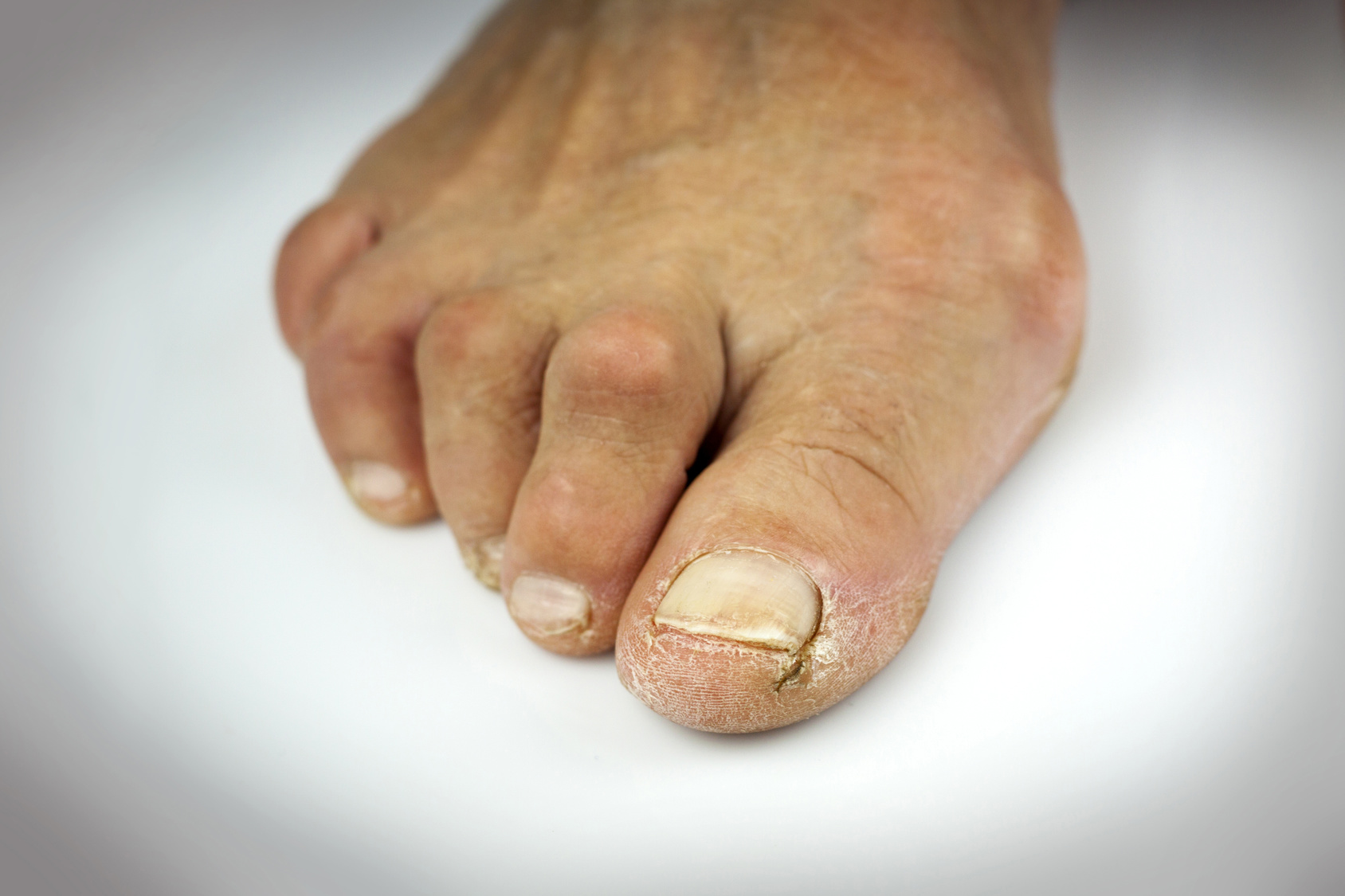or Call 770-284-1616
A hammertoe is a term used to describe the bending of one or more joints of the second, third, fourth or fifth toes.
Causes of Hammertoes
- Changes in the foot may cause muscle/tendon imbalance which with time, will lead to hammertoe formation.
- In certain cases, hammertoes may be inherited.
- In other people, hammertoes may be caused by wearing tight/ smaller shoes thus making the toes to be forced in a small space. Over time, this may cause the toes to bend and become hammered.
- Trauma may be the cause of hammertoes in other situations.
In the early stage, hammertoes are flexible and can be managed with conservative therapy. With time, untreated hammertoes may become rigid and often, this may cause callous formation on the toe, pain or a wound. Often, rigid hammertoes may need surgical intervention.
Symptoms of hammertoes include:
- Pain on the toe when wearing covered shoes.
- Corns and calluses on the toe
- wound on the dorsal aspect or distal tip of the toe
- Inflammation, redness, or a burning sensation
- Contracture of the toe
Diagnosis
Since hammertoes are progressive, early intervention is warranted to relieve the symptoms and slow its progression. Hammertoes are easily diagnosed due to the contraction of the toe, callus or corn formation on the affected toe.
Also, with the patient’s history and symptoms, manipulation and examination, the ankle and foot surgeon will let you know if the hammertoe is flexible or rigid. In addition, the ankle and foot surgeon will also take some foot x-rays to evaluate not only the hammertoes, but also to identify any other causes that may be the cause of the hammered toes. Then a treatment plan will be discussed with the patient.
Conservative Treatment of hammertoe in Atlanta
Depending on the severity of the hammer toe, the ankle and foot surgeon will recommend the best treatment you need. Some of the conservative / non-surgical therapies include:
- Toe pads designed to shield corns from irritation. Over-the-counter medicated pads should be avoided as this may further irritate the callus, causing a wound to occur.
- Change of shoe wear from a shoe with narrow toe box to a more comfortable shoe with wider toe box may help lessen the pain and progression of the hammertoe deformity.
- Your doctor may provide you with a splint or straps that will help keep the hammered toe in a straight alignment so it doesn’t press against the other toes or rub against the top of the show box.
- A custom made orthotic may be prescribed that may help control the muscle/tendon imbalance.
- Corticosteroid injections are sometimes used to ease pain and inflammation caused by hammertoe.
- Oral nonsteroidal anti-inflammatory drugs or medicated pain cream may be recommended to reduce pain and inflammation.
When Is Surgery Needed?
In some cases, when the hammertoe has become more rigid and painful, or when an open sore has developed, and conservative therapy has failed to relieve the symptoms, surgery may be needed.
Often patients with hammertoe have bunions or other foot deformities that may be corrected at the same time. Before selecting the procedure, the foot and ankle surgeon will take into consideration the extent of the toe deformity, the number of toes involved, your age, your activity level, and other factors that will work best for you. The length of the recovery period will vary, depending on the procedure performed.
Hammertoes shouldn’t stop you from being on your feet.
Schedule an appointment with our podiatrist in Atlanta at 770- 284- 1616, so we can help you get back on your feet doing the activities you like to do.
Book an Appointment